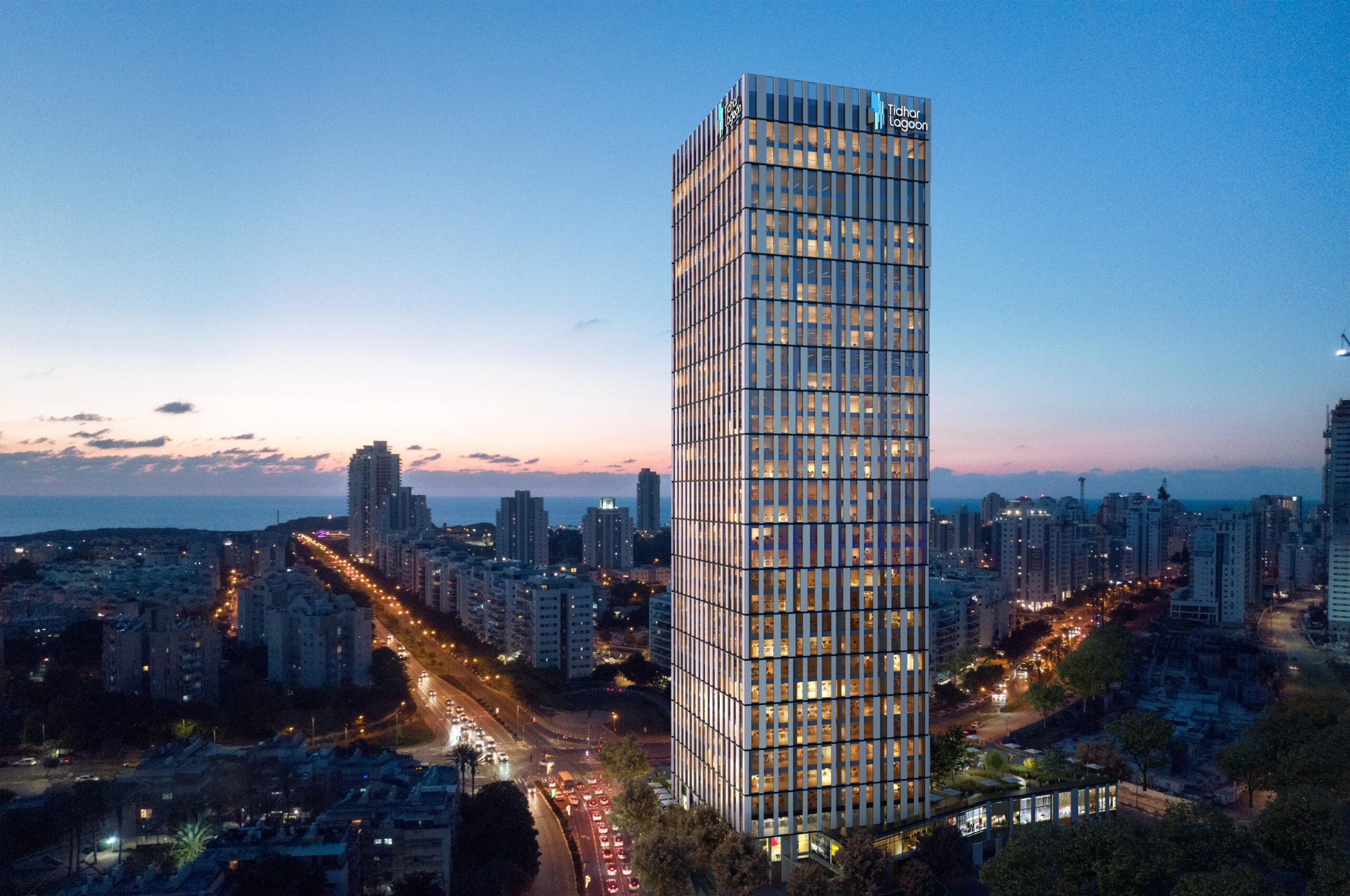Tips for Planning and Designing Your Apartment Lighting
Planning your lighting is part of your apartment-planning process, and is customized for scenarios and activities that take place in each room. You have the option to add lighting, mostly portable light fixtures, in order to add atmosphere and added functionality to the space, and to spice up the design as well

Light and lighting have a direct impact on the atmosphere and feel of any room. Imagine the difference between dining in a romantic restaurant or a dimly-lit bar, or shopping at a pharmacy. The biggest difference between these situations is lighting, meant to create an intimate atmosphere in one case and a sterile, clinical feel in the other. You can similarly use lighting in your home spaces to give each room its desired feel, and to match that to the various activities meant to take place in each room. To help you do that, let’s shed some light on the various types of lighting in your home:
Types of Home Lighting
Technical Lighting
The main function of home lighting is to create optimal conditions for various actions even in the evening or at night—cooking and baking in the kitchen, showering, applying makeup and care products in the washroom, doing homework in the children’s room, arts and crafts in the family room, and many other activities. This is why we need to plan lighting points in the ceiling and walls whose purpose is to allow us to do all these things comfortably and safely.
Our recommendation is to plan several lighting fixtures in each space. Start with a general lighting fixture, typically installed in the ceiling, which wash the space with light; we recommend additional fixtures for more concentrated lighting, such as beside or over the bathroom mirror, above the kitchen workstation, and so on. Fixtures should also be distributed into several lighting circuits so you can create different arrangements as needed.

Decorative Lighting
In contrast to technical lighting fixtures, which are typically minimalistic in design or sunken into the ceiling, decorative lighting fixtures have a substantial aesthetic presence in the space. They’ll typically be positioned in areas you’d like to accentuate, such as above the dinette or kitchen island, and add concentrated lighting over that element. These fixtures also require advance preparation, and you should decide on their placement at the time of planning and drawing up the home’s blueprints. The fixtures themselves should also be picked out before electrical work on the home begins, as the choice of particular fixture might affect the required preparation.

Portable Lighting
These light fixtures are not connected to the walls or ceiling, and require no advance preparation or niche carving. They serve not as a main light source in the space, but a supplement to technical lighting, and their purpose is to create atmosphere and add concentrated lighting—for example, beside a desk, by the bed, or in your reading nook. Incorporate standing lamps and desk lamps into your home spaces—these will expand your range of possible lighting arrangements and enrich the design of the space. Finally, you can also add lanterns, LED-lighting chains and atmospheric candles for a warm, romantic feel.

Disclaimer: Everything stated in this post is strictly a recommendation. Culpability for use of any products purchased as a result of this recommendation lies solely with the purchasing party.
